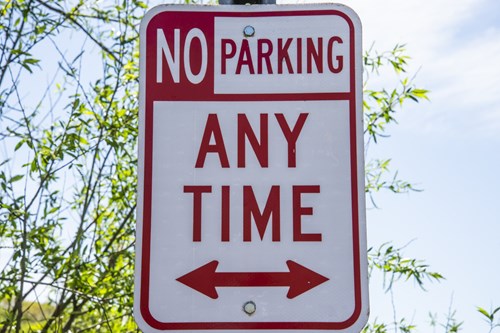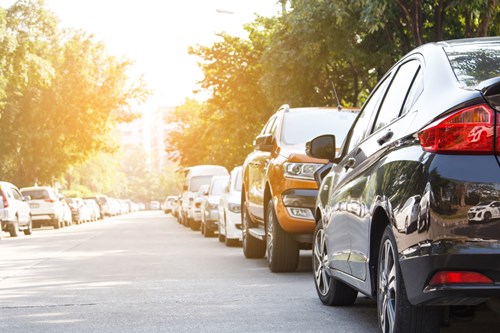
It’s all in the name! When parking on-street, the driver parks their vehicle along the curb rather than in a parking facility. Parallel parking is the most usual on-street parking method, although bay parking is also commonplace.
Depending on the location, parking on-street may be free and unlimited, or restrictions and charges may apply. These parking restrictions and rates will be displayed on signs, and drivers can pay through various methods, including parking meters and parking apps.
To ensure that drivers follow parking rules, municipalities run enforcement programs that often combine a range of technologies with enforcement officers and patrols.
On-Street Parking Rules and Regulations
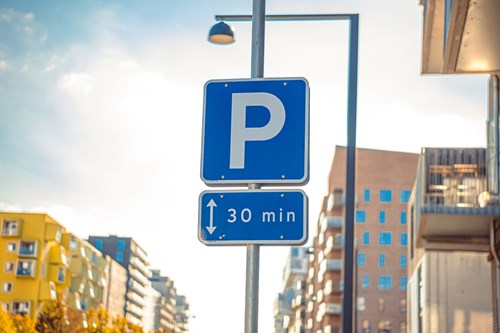
In many places, such as residential areas, on-street parking is unlimited and free of charge. But in locations where demand for parking is high, such as city centers, numerous rules and regulations can apply, including:
Maximum Time Limits
Which can:
- Range in duration depending on location.
- Require a vehicle to vacate the parking space within the time limit.
- Often stipulate that a vehicle cannot return within a certain timeframe.
Maximum time limits help municipalities manage turnover, create parking spaces for drivers, reduce congestion, and raise footfall in local businesses.
Parking Timings
Most paid-for, metered on-street parking is available between certain times (e.g., between 8 am and 8 pm), after which the spaces can become either no-parking zones or free parking zones.
No Parking Zones
No Parking Zones place a total ban on vehicles parking on-street. Drivers who park in No Parking Zones can be heavily fined, or their vehicles can be towed. They are common in city centers where municipalities want to reduce congestion or increase security around significant landmarks.
Permit Parking Zones
Busy neighborhoods often implement a permit scheme to ensure parking is available to residents. Residents apply for a permit in order to park on-street, and non-residents are either unable to park or limited to the times at which they can park on-street.
Alternate Side Parking
Alternate side parking is often found in large cities, such as New York, where the streets need to be cleaned regularly. Street cleaning times are displayed on-street, and drivers must remove their vehicles from one side to the other during these times. Drivers who fail to do so can receive a parking citation.
On-Street Parking: Pros and Cons
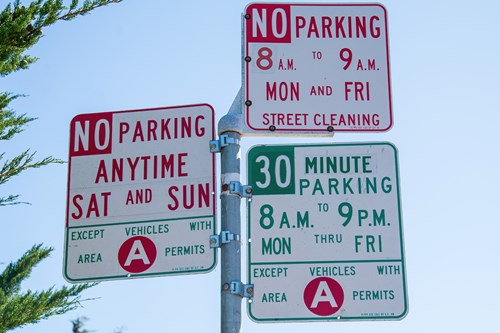
Depending on the end destination the choice between on-street and off-street parking can be clear-cut. But, when there is a decision to be made it can be useful to weigh up the advantages and disadvantages of on-street parking.
Advantages of On-Street Parking
- Often cheaper than off-street parking
- Location is usually conveniently in range of shops, restaurants, etc.
- Quick turnaround time useful for short stays
- Free parking available in certain locations
Disadvantages of On-Street Parking
- Numerous rules and regulations
- Expensive parking fines for violations
- Unreliable in busy locations – difficult to find vacant spaces
- Risk of vandalism, break-ins, or damage from passing pedestrians and traffic
On-Street Parking Technology
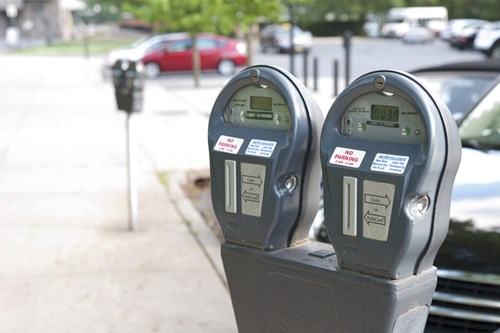
At its simplest on-street parking requires just road markings, signage, and parking meters. But, as municipalities look to manage and monetize the curb whilst improving the driving and living conditions of our city centers a whole host of smart parking solutions become relevant and useful. Now it is not uncommon to see on-street parking supported by a range of technologies, including:
- Parking Sensors
- Parking Guidance Systems
- License Plate Recognition
- Parking Apps
- Parking Management Software
Challenges Facing On-Street Parking
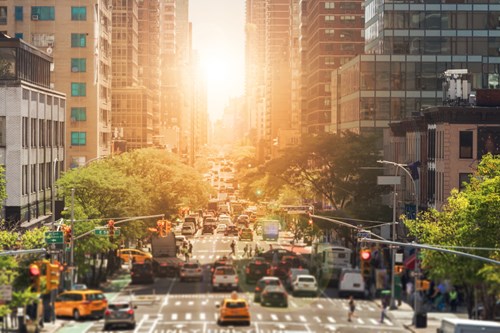
In our ever-busier cities, the need for curb access has increased whilst curb space has remained the same. Micromobility, couriers, loading bays, ride shares, food delivery services, TNCs, and on-street parking – all are contributing to curb congestion. To meet the future needs of both drivers and municipalities, on-street parking will need to evolve, keeping up with technology and meeting upcoming trends head-on.

